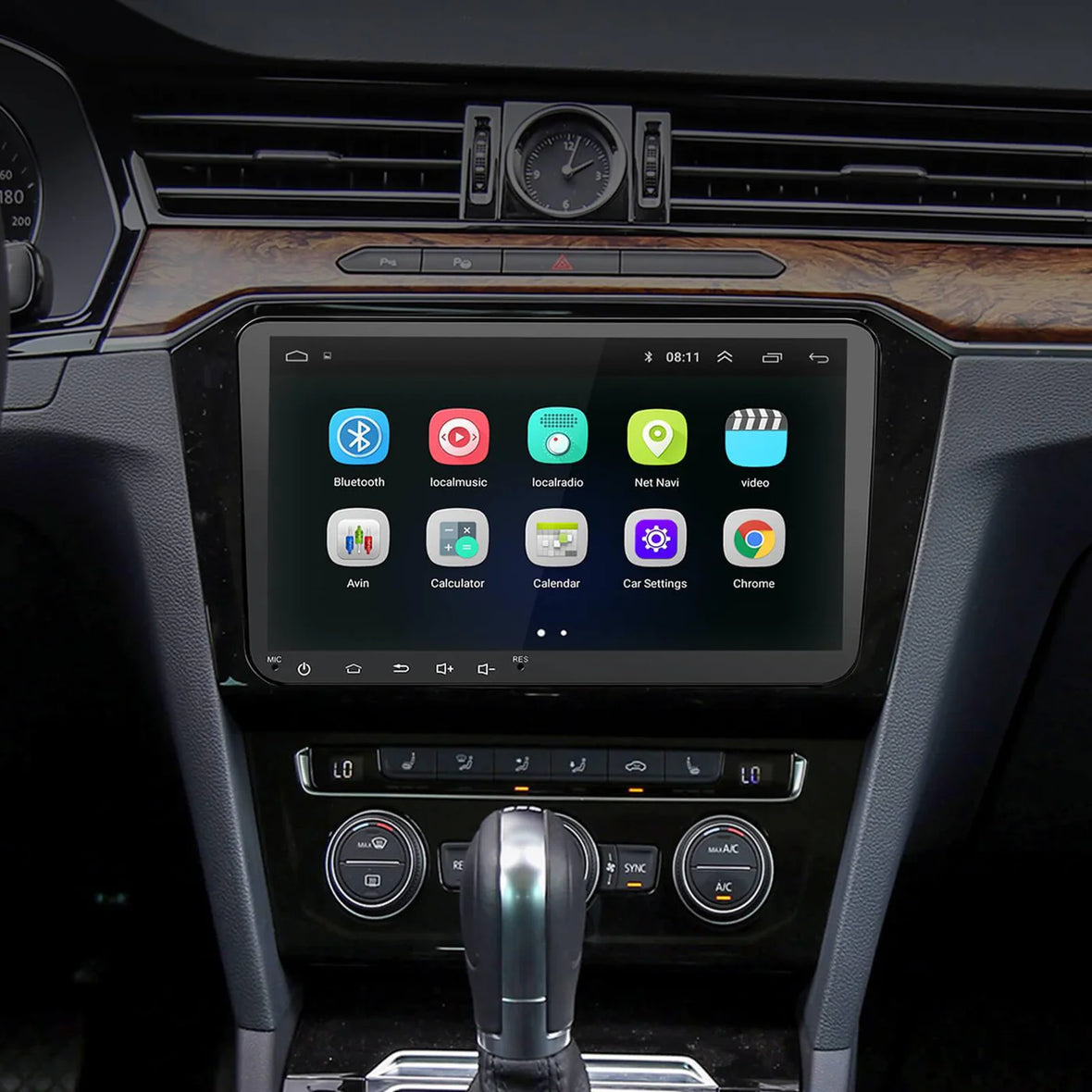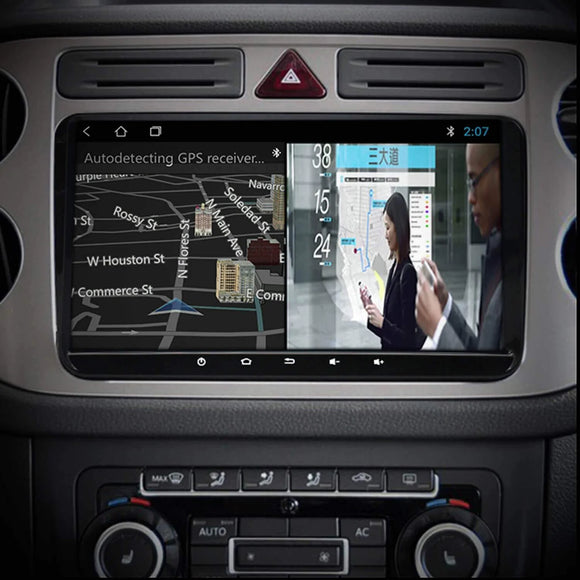
Differences Between a Car Stereo, a Head Unit, a Receiver, and a Tuner
1 comment
Audio, in general, is a complicated and perplexing subject. The same holds true for your vehicle. The distinction between automobile radios, car stereos, head units, and receivers is one such source of misunderstanding.
Terminology and Definitions
Here's a quick review of the most frequent automobile audio terminologies and definitions:
Any in-dash automobile stereo control unit is referred to as a head unit.
Car stereo: A vehicle's whole sound system. It comprises head units as well as speaker systems.
A receiver is a form of head unit that includes an amplifier.
Tuner:
Another word for a head unit, generally one without an amplifier and referring to the radio.
Car radio:
A catch-all word for both receivers and tuners.
A controller is a sort of head unit that lacks a radio tuner.
Mechless:
A digital media receiver or head unit without mechanical controls.
Head Units and Car Stereos
The brain of your car's sound system is the head unit. It can refer to or contain a variety of devices, including as radio tuners, CD players, auxiliary inputs, and built-in components like amplifiers and equalizers.
A vehicle stereo is a broader term that covers the head unit as well as the speaker system, which comprises amplifiers, equalizers, crossovers, speakers, and subwoofers. "Car stereo" is frequently used interchangeably with "head unit."
Receivers, tuners, and automobile radios
Receivers and tuners are two types of head units that are closely linked. Both have an AM/FM radio tuner built in. As a result, receivers and tuners are frequently referred to as automobile radios. Some receivers and tuners additionally have CD players, auxiliary inputs, Bluetooth connection, and USB ports, however this varies by model.
Tuners do not have built-in amplifiers as receivers do. Although there are rare exceptions, most factory head units are receivers since it is more expensive to create a system with an external amplifier. The majority of aftermarket head units are also receivers, while tuners are available for those who want to connect an external amp and achieve the greatest possible sound quality.
Preamp outputs are available on some radios. That is, while the head unit has an amp built in, it also has audio outputs that bypass the amp. These head units are ideal for anyone putting up a system piece by piece. Until you get around to adding an external amp, you may rely on the built-in one.
Controllers
Controllers are head units that do not have radio capabilities. These head units may or may not include built-in amplifiers, and they may include a variety of components such as:
Selecting the Best Head Unit
Understanding these words can be beneficial if you are concerned about selecting the proper head unit. For example, if you're assembling your vehicle radio piecemeal, you might prefer a receiver with built-in preamp outputs. This allows you to keep your choices open until you decide if an external amplifier is necessary.In any case, keep in mind that these phrases frequently overlap or are used interchangeably. Understanding the distinctions between them might help you design your car's sound system.



Commenti (1)
Are there any CarPlay units that have rear cameras that don’t require a cable to connect to the main unit? In other words a Wi-Fi system.